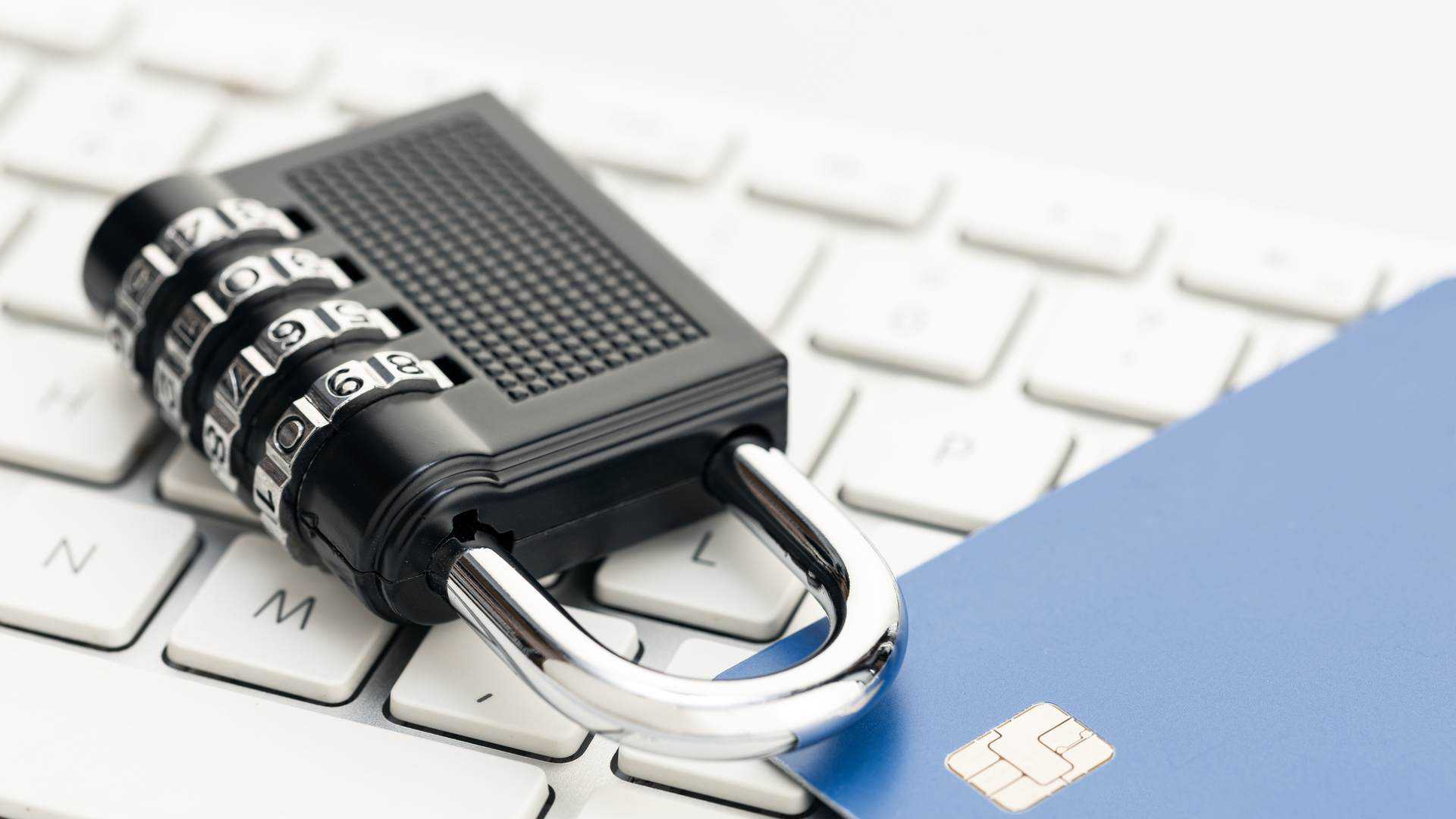Every once in a while, a data breach occurs that is so massive, its effects ripple across the globe. One such breach is the National Public Data Breach, a significant cybersecurity event that compromised the personal information of millions. Understanding what happened, its impact, and how to protect yourself from identity theft and fraud in the future is crucial in today’s interconnected world.
The National Public Data Breach: What Happened?
The National Public Data Breach refers to a large-scale incident where sensitive personal information was accessed and stolen from a national database. This database, maintained by National Public Data, contained critical personal information of millions of citizens, making the breach one of the largest in history.
This breach involved a wide variety of sensitive data, including:
- Social Security numbers (SSNs): These are often the first targets for identity thieves as they can be used to open new accounts, apply for credit cards, or even file fraudulent tax returns.
- Financial information: Bank account numbers and credit card details were compromised, which could be used to steal money directly or make unauthorized purchases.
- Healthcare records: The stolen medical histories contain sensitive information that could be exploited in blackmail attempts or identity fraud schemes.
- Address and contact information: This data can be used in targeted phishing attacks where criminals send fraudulent emails or messages to trick individuals into revealing more personal details or financial information.
The breach was first discovered when security analysts detected suspicious activity on the server that hosted the national database. Although the breach was caught relatively quickly, the extent of the compromised data shocked security experts and citizens alike.
Scope and Impact
The National Public Data Breach impacted over 50 million individuals, making it one of the most far-reaching data breaches in history. Its scope is particularly alarming because of the variety and sensitivity of the data that was compromised. Unlike many other breaches, which may expose only a name or an email address, this breach involved multiple pieces of identifying information that, when combined, present a significant risk for identity theft and fraud.
Implications for Individuals
For the individuals affected, the breach posed immediate and long-term threats. The stolen data could lead to:
- Identity theft: With SSNs and financial data in hand, criminals could open fraudulent credit accounts, apply for loans, or even gain access to medical records and insurance policies.
- Fraudulent financial activity: Credit card details and bank account numbers could be used to make unauthorized purchases or siphon funds directly from victims’ accounts.
- Phishing and spear-phishing attacks: Knowing addresses and contact details allows cybercriminals to tailor phishing attacks, making fraudulent emails and text messages seem more legitimate and increasing the likelihood of success.
Implications for the Government and Public Institutions
The National Public Data Breach also had significant repercussions for the government and the public sector. It exposed major flaws in the cybersecurity infrastructure that was supposed to protect sensitive data and shattered the public’s confidence in the government’s ability to safeguard private information.
The breach has triggered a public outcry for stronger data protection measures and raised questions about how much personal data governments and corporations should be allowed to collect and store. Public trust, once lost, is difficult to regain, and this breach may lead to more scrutiny and oversight of how public institutions handle citizen data.
Government and Public Response
Once the breach was discovered, the government responded quickly to contain the damage. Several steps were taken to mitigate the risks posed by the exposure of sensitive data:
- Immediate notification: Authorities swiftly notified all affected individuals through multiple communication channels, providing guidance on steps they could take to protect their personal information. This included recommending credit freezes, changing passwords, and being alert to suspicious activity.
- Free credit monitoring services: Victims of the breach were offered free credit monitoring services. This allowed them to track any unusual activity on their credit reports, such as new accounts being opened or inquiries being made without their knowledge. Early detection is key to minimizing the damage caused by identity theft.
- Task force and legislative action: The government created a task force to investigate the breach and propose measures to prevent similar incidents in the future. In the wake of the breach, lawmakers proposed new legislation to strengthen data protection laws, increase penalties for companies that fail to secure sensitive information, and mandate that public and private organizations implement more stringent cybersecurity measures.
- Public inquiries and accountability: Public hearings were held to uncover the details of how the breach occurred and who was responsible. These inquiries aimed to hold accountable those who failed to maintain adequate security measures and to learn from the mistakes that allowed the breach to happen.
Despite these efforts, the breach significantly damaged the public’s trust in the government’s ability to protect personal data. Citizens called for greater transparency and more robust security measures to prevent such incidents from happening again.

Long-Term Consequences
The long-term consequences of the National Public Data Breach will likely be felt for years to come.
For Individuals:
The risk of identity theft will persist for the victims of the breach. Criminals may sit on the stolen data for months or even years before using it, meaning individuals must remain vigilant indefinitely. Victims may face:
- Financial losses: Unauthorized transactions or fraudulent loans can lead to significant financial damage, sometimes taking years to fully resolve.
- Legal complications: Identity theft victims often find themselves entangled in legal issues, such as trying to prove their innocence when fraudulent activity is detected in their name.
- Ongoing stress and emotional toll: The fear of future identity theft, combined with the burden of constantly monitoring credit reports and financial accounts, can take an emotional toll on victims.
For the Government:
The breach has prompted a reevaluation of how sensitive data is handled by public institutions. It has sparked conversations about:
- Cybersecurity reform: The breach has led to calls for more stringent cybersecurity protocols, including the adoption of advanced security technologies like encryption and two-factor authentication.
- Accountability measures: There is a renewed focus on holding organizations accountable for data breaches and ensuring that they are prepared to respond swiftly and effectively to future incidents.
- Public trust: Rebuilding public trust in government institutions will be a long and challenging process. The breach exposed significant vulnerabilities in the way public data is managed, and it will take a concerted effort to restore confidence in the system.
How Organizations Can Prevent Future Breaches
In response to the breach, organizations across the public and private sectors have been urged to reevaluate their own cybersecurity practices. Here are some key steps organizations can take to prevent similar incidents:
- Invest in advanced security technologies: Technologies like encryption, real-time monitoring, and multi-factor authentication can significantly reduce the likelihood of a breach.
- Stronger access controls: Restricting access to sensitive information ensures that only authorized personnel can view or manipulate sensitive data. This minimizes the risk of insider threats and makes it harder for cybercriminals to access critical systems.
- Employee education: Employees must be educated on the importance of cybersecurity, including how to recognize phishing emails, the risks of weak passwords, and best practices for handling sensitive information.
- Regular audits and updates: Cyber threats evolve constantly, and security protocols must be updated to keep pace with new vulnerabilities. Regular audits can help identify and address weaknesses before they are exploited by cybercriminals.

Protecting Yourself in the Wake of the Breach
In light of the National Public Data Breach, protecting yourself from identity theft and fraud is more important than ever. Here are some essential steps individuals can take:
- Freeze your credit: One of the most effective ways to prevent unauthorized access to your credit is by freezing your credit file with the three major credit bureaus: Equifax, Experian, and TransUnion. A credit freeze prevents lenders from accessing your credit report, making it difficult for criminals to open new accounts in your name. You can temporarily lift the freeze if you need to apply for credit, and the process is usually free.
- Monitor your financial accounts: Regularly review your bank and credit card statements for any suspicious activity. If you notice anything unusual, report it to your financial institution immediately.
- Use strong passwords and two-factor authentication: Protect your online accounts by using strong, unique passwords for each account. Enable two-factor authentication wherever possible to add an extra layer of security.
- Be cautious of phishing scams: Be wary of unsolicited emails or messages asking for personal information. Cybercriminals often use information from breaches to create more convincing phishing attacks.
Conclusion: Staying Secure in a Digital World
The National Public Data Breach serves as a sobering reminder of the vulnerabilities inherent in our digital age. While individuals cannot always control how their data is stored or protected by third parties, taking proactive steps to safeguard personal information can help mitigate the risks. Organizations, too, must prioritize cybersecurity to prevent breaches like this from happening in the future.
At Integricom, we specialize in comprehensive cybersecurity solutions designed to protect both individuals and organizations from cyber threats. Whether you’re looking to strengthen your defenses or seek peace of mind, our team has the expertise and tools to keep you secure. Don’t wait for the next breach—contact Integricom today to learn how we can safeguard your data.
Protect your digital future now—stay vigilant and stay secure.


